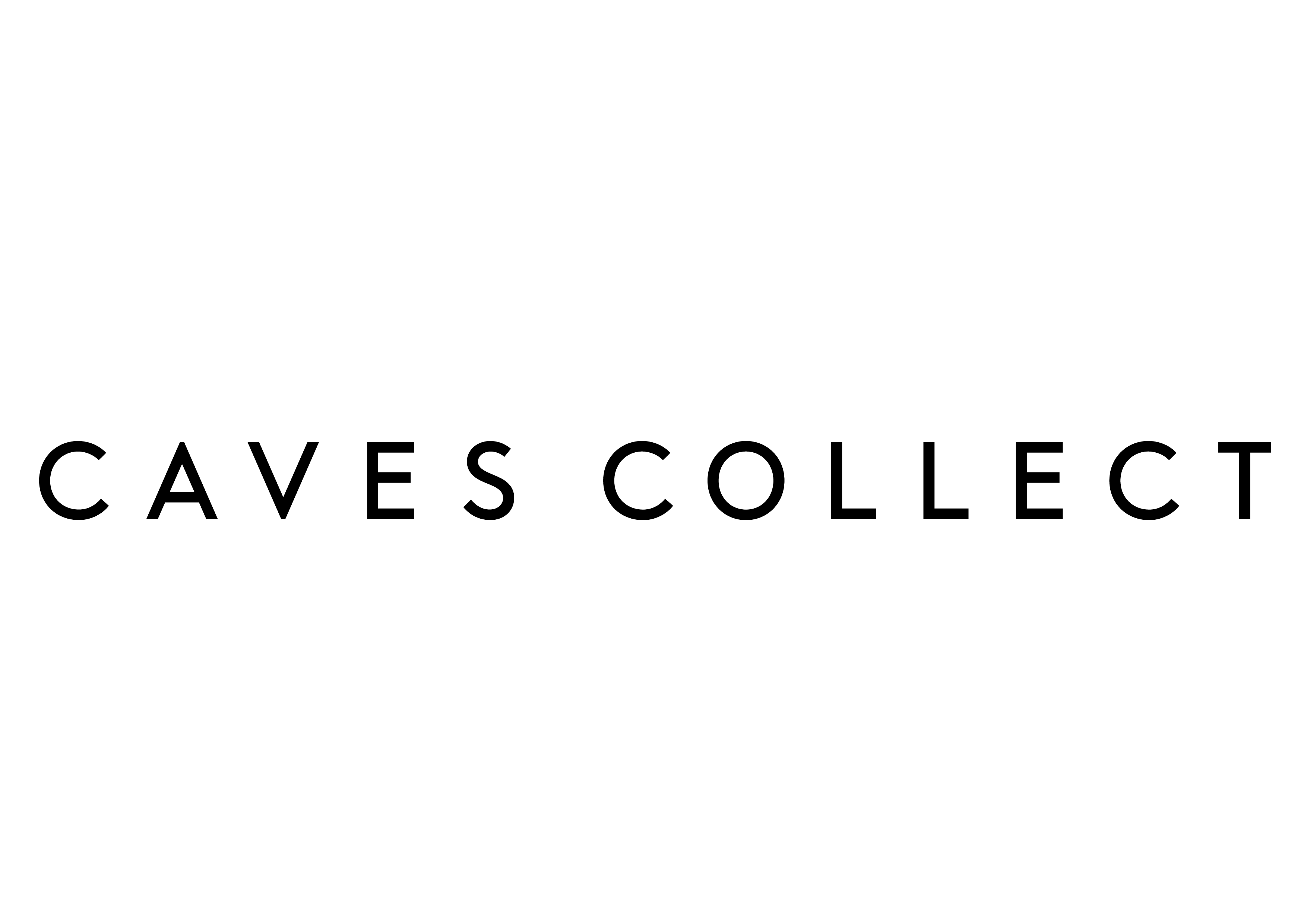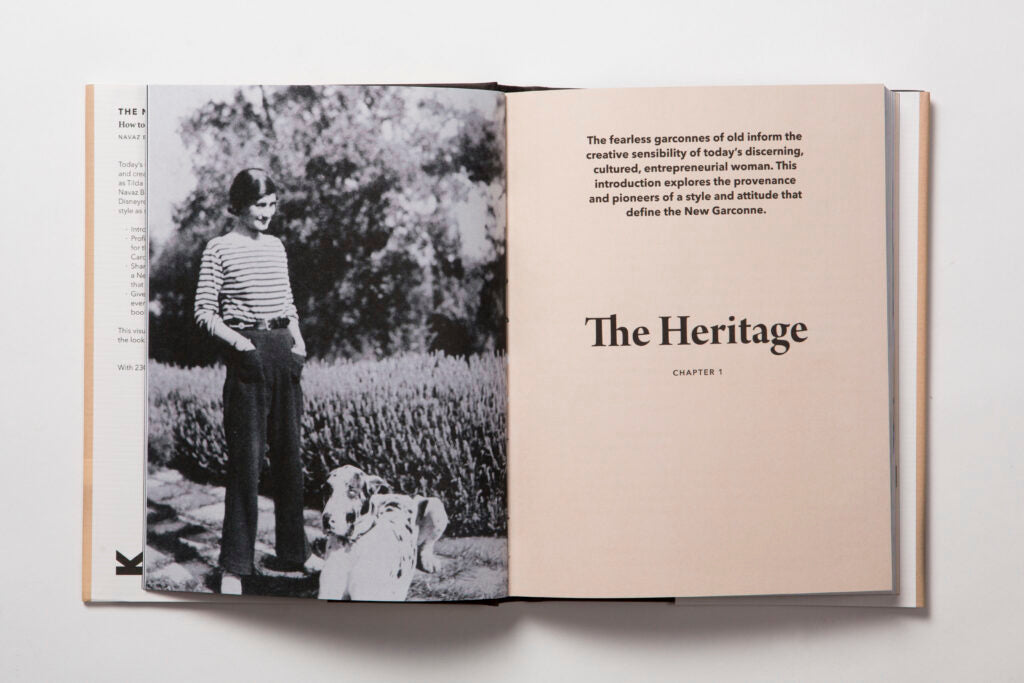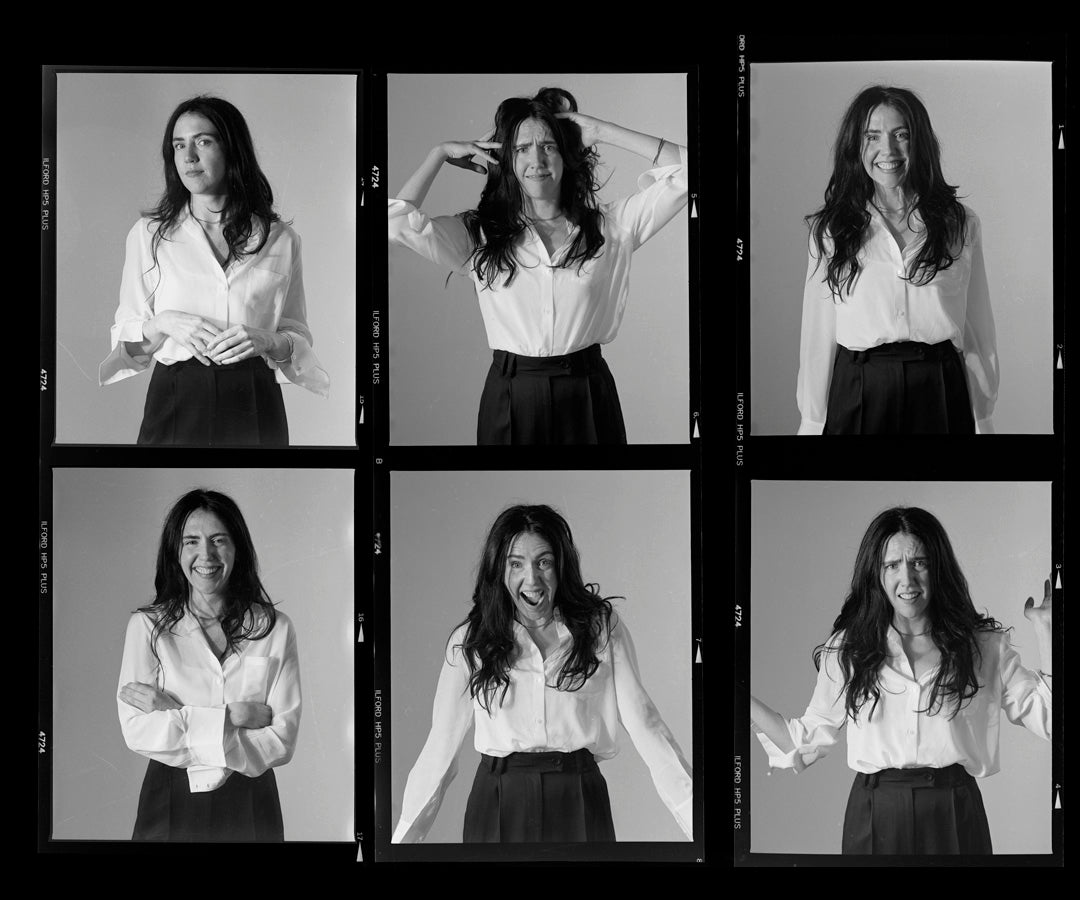CONVERSATION PART THREE – WITH PARIS BASED ANNIE WATERMAN OF AOW HANDMADE


The world of social media is a double edged sword, and one we have mixed feelings about. That said, it has given us the pleasure of connecting with some pretty inspirational people we'd likely not have had the chance to meet otherwise. Paris based, longtime Caves Collect customer, Annie Waterman is one of these people. Annie's life as the owner of AOW HANDMADE , a company that partners with brands to source ethical, handmade artisanal crafts from around the world is something of a dream. Annie gets to meet and liaise with incredible artisans in some of the most beautiful parts of the world, many of whom have had their crafts handed down through generations.
Read our ‘In Conversation’ with Annie, as we chat to her about her sourcing travels, running a business through Covid and what she defines as luxury.

CC. Your Instagram stories were a taunt to us last year as we watched from Melbourne during lockdown your adventures in the French countryside. Presumably you were in the process of sourcing from artisans in France, is that right? How has COVID affected your business? Has it brought your sourcing journey closer to home, or are you able to maintain relationships with artisan communities further afield?
AW. I’m glad to hear my photos brought you a bit of a virtual escape! Lockdown was extremely intense here in Paris so the moment the government said we could travel within 40 km, my boyfriend and I packed our bags, and headed for the country. A weekend of fresh air in a small stone cottage with a huge garden and two bikes was exactly what we needed.
When lockdown first happened, I thought, “Ok, I can handle this, I will just source locally here in France.” Then we were told we couldn’t leave beyond 2 kilometers. This made it really tricky to do any sourcing. It was actually easier to leave France, so I spent quite a bit of time sourcing in Portugal and found some incredible artists and workshops there.
As for my business, yes, things definitely changed. Most of my clients no longer needed my sourcing services as they were simply trying to stay afloat. Rather than charging a finder’s fee for vendor connections, I started to represent my artisan partners, so there was no fee from the buyer side. I take a commission from the vendors and my fee is incorporated into the cost of their products. This has been challenging but rewarding to find a new way of doing business. Fortunately, I also work with a few larger companies to balance this all out.
Although this shift was challenging, it’s also allowed me to get closer to my partners. I schedule Zoom calls, they show me new products, and together, we work to develop new ideas. I also advise them on how to take compelling photos of their products. Strong communication is more important than ever.
Things are slowly opening up so I’m excited to start exploring new territories. I was recently in southern Morocco and that was quite a unique experience. I traveled by car with my colleague, meeting with producers of marble, selenite, naturally dyed rugs, ceramics, and more. I like to really focus in one area and go deeper. Then, I can use the knowledge I’ve learned and the photos I’ve taken to tell the stories of what is possible in terms of product options and production capabilities. This is where visual storytelling is so important.
Next, I’m hoping to have similar deep-dive trips to Turkey, Greece, Mallorca and France. I’m also currently working on a large project sourcing throughout Africa.

CC. Creating artisanal products has the potential to empower communities through income and independence. Can you share any stories of communities you’ve seen being empowered through selling their artisanal products?
AW. Tough question! There are so many examples, but I’m quite inspired by one of my partners in particular that is based in Guatemala. The founder has built an enterprise from the ground up, working to employ locals and training them how to make beautiful wooden tableware made from sustainably harvested wood, vines and roots from the jungle. This project has really changed the community. Before there was little economic opportunity and the growing contributions from the project are going to the local school to help drive education for the area’s young people. These are the stories that keep me going and inspire me. I got into this field 14 years ago because I felt the model was a win-win for both sides and it’s true if done well and with integrity.
When buyers and brands are interested in working with artists, I always suggest starting with one vendor at a time. By focusing on only one partner, you can learn how the process works, and develop a stronger, deeper partnership with a greater impact.
I also always recommend brands to think long-term about the partnerships they’re establishing with artists. Rather than just choose a vendor for a trendy product, I’ve found it’s better for both sides when there’s time, energy and resources invested, perhaps with a new collection designed annually together to keep your clients inspired while nurturing a sustainable relationship with the artists.

CC. Can you tell us a bit about why ethical and sustainable practices are important to AOW and how you maintain a clean supply chain when working with artisans? I read on your website that you source baskets from South Africa that are made from repurposed PVC water pipe that would otherwise go to landfill. We love this, do you have any other stories of sustainable re-purposing you can share with us?
AW. This group from Guatemala, for example, is also what I see as a clean supply chain. It’s 100% transparent, meaning you know exactly who is crafting the goods and where the raw materials are coming from. I always strive to work with groups that can show me their full supply chain from start to finish. This is tricky at times as many groups like to import small accents here and there, but that’s where the consumer can help change patterns and demand products that are 100% local. For example, rather than importing zippers from China, why not create some chic locally made button?
I work with another group in Cambodia and they do an amazing job working with both farmers who harvest cotton as well as artists who hand dye, spin and weave it, ultimately creating beautiful textiles for the home. Keeping their supply chain close to home is key. Those are the types of partners I’m looking for, those who have a sense of ownership over building a sustainable process from beginning to end.
Another that comes to mind is New World Denim Project from Guatemala. They are upcycling denim into a beautiful line of tableware, fabrics, rugs, and more. They are also collaborating with fashion designers to create limited edition rugs made from patchwork jeans and jackets. I find that artisan enterprises who chose to focus on one specialty or technique are the ones finding the most success. This is where trust is built and helps to create a transparent supply chain because I know that they are a producer of everything they make.
More than anything, though, I like to work with honest, hard-working people – this is everything.


CC.Can you give us a sense of who your clients are that you source artisanal products for? We’ve noticed a resurgence in the appreciation of handcrafts over the past few years. What do you look for in terms of quality when you’re working with artisans?
AW. To start, it's usually a product that catches my eye. I see potential in the market from a visual perspective. From there, I try to find out as much as I can about the enterprise - if there is honesty, trust, good communication, export experience, certifications, and attention to fair trade policies and environmental standards. And again, I like to work with groups that specialise in a technique and don't try to do too much. I like to find artisans that know what they are best at. This focus is really important.

CC. Over the years travelling and sourcing for AOW, you must have come across some beautiful pieces and built up a personal collection of your own. What are three of your most treasured pieces and what are the stories behind them?
AW. When I moved to Paris, I only brought two suitcases with me, so I really left many of my most treasured pieces behind. When I arrived, I wanted just a few special things. I have some special vintage ceramic vessels and old paintings that I purchased from Vanves flea here in Paris (which I highly recommend by the way – it’s one of my fave fleas and has kept its charm). Also, I have filled my living room with Tensira textiles, one of my favourite artisanal home brands working with artists in New Guinea. The cotton is incredible and their designs are really timeless and chic. I purchased some special hand-blown glassware from La Soufflerie, a small glass studio here in Paris. During the winter, I pull out my sheepskins from Isle of Skye and adore my Sejnane pottery that I got in Tunisia.

CC. More and more it feels like the idea of luxury resembles what might have once been considered standard practice, for example things that are handmade and built to last. How do you define luxury and what does it look like to you?
AW. To me, luxury is a product that is handmade, crafted or tailored – using quality materials, attention to detail, and craftsmanship. It could be anything from a beautiful hand tailored vintage shirt from a Parisian flea market to an exquisite naturally dyed rug from Mexico. Luxury to me, is where you can see that handmade touch…the small stitches, the quality of the fabric, the fine tailoring. You can sense when time and attention has been put into the production of one piece.
I see so many products that are considered luxury just because of the brand behind it. I strive to find more of a market for artisan made within the luxury sector because I think that’s where it belongs. It’s not about marking up the price of something, it’s about consumers buying fewer but better things and appreciating the craftsmanship behind them. It’s also about allowing the artists to receive the wages that they deserve.
That is also why I love the clothes at Caves. I can tell there is thought behind the collection, there is hand tailoring, quality fabrics, and limited amounts available. It keeps the pieces special and timeless, to be treasured and passed down.
Thanks for reading!
xx CC
Find out more :
Check out Annie's Instagram and website https://www.aowhandmade.com/
Images by Lauren Barkume and Annie Waterman.




